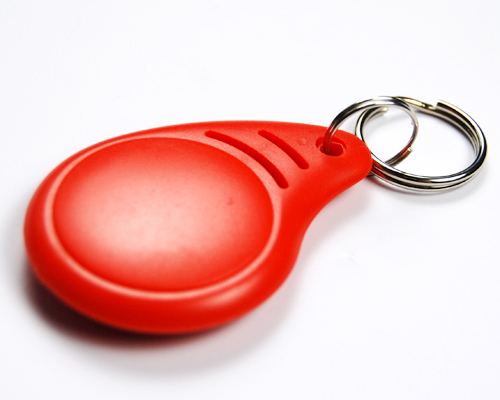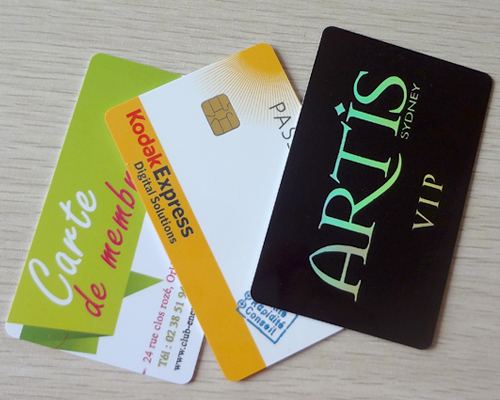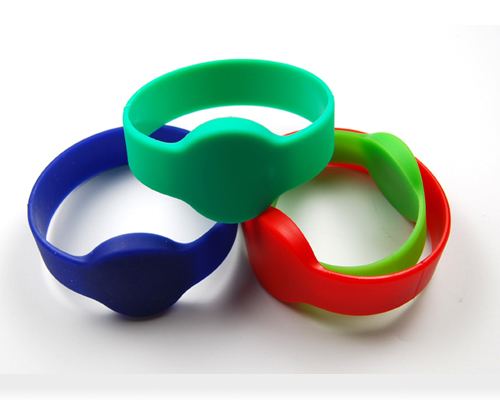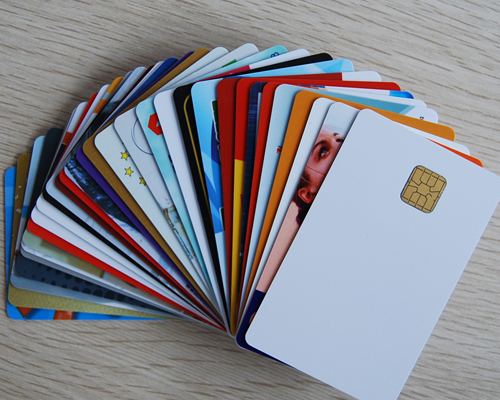Five Advantages of Using UHF RFID Tags in Retail
Radio frequency basics
Let’s begin by understanding the different radio frequencies typically used in electronic article surveillance EAS systems: low frequency (LF), high frequency (HF) and ultra-high frequency (UHF). The primary difference between the three is the speed by which the sound waves travel. Simply put, the higher the frequency, the faster the waves move – which brings us to the first advantage of using UHF RFID tags:
Faster data read rate
Faster waves mean faster data transfer. This allows your antennas to receive more information in a much shorter amount of time – up to 20x shorter than HF to be exact. Of course, in the fast-paced world of retail, speed is of the essence, especially if you’re running a big store that’s always packed with rushing customers. There’s just so much going on that you can’t afford to experience any lag in any part of your operation.
Better range
Another benefit of UHF radio waves is that they travel so much farther than their LF and HF counterparts. This ultimately gives you more wiggle room in terms of how you can layout your store. It also allows you to position each product wherever you want without running the risk of having its tag go out of your antenna’s range.
Lower cost
Every tag-based EAS system relies on two components to work: an antenna or a reader and a whole lot of tags. Obviously, antennas are pretty much a one-time investment (at least until they break down), but tags are more of a regular expense so you’d want something that won’t break the bank. Well, UHF RFID tags are also generally cheaper than LF and HF tags, which is probably why more and more retailers are switching to them.
Better compatibility
Unlike LF and HF tags that follow multiple competing standards, UHF tags comply with a single international Gen2 standard. This means that there are no compatibility issues to worry about when you go UHF. All you have to do is get a good antenna and some decent tags and you’re all set.
Can be read simultaneously
UHF antennas can read hundreds of tags at the same time – which makes it perfect for all sorts of retail applications. No matter how busy your store gets, you can rest assured that your UHF EAS system will be able to keep up.
But aren’t ultra-high frequencies more prone to interference?
Well, in theory, that’s true. This is why in the past, retailers were hesitant to adopt the technology. Liquids and practically any kind of metal can easily jam the signal and cause the system to stop working. This means that anyone who knows the basics of how radio frequencies work can easily trick UHF systems and successfully commit a theft.
The good news is that UHF tags and antennas have come a long way since then. Manufacturers have now successfully implemented various methods to overcome their past limitations.
Of course, at the end of the day, no security measure is 100% effective against all kinds of threats. This is why it’s still a good idea to invest in more than one. Hire a good security team, use strong locks, install mirrors – the more you put in place and the more varied the methods you use, the harder you make it for shoplifters to succeed.
The bottom line
With the new technologies that allow it to overcome the limitations that plagued it in the past, UHF RFID systems are now becoming the preferred solution of retailers all over the world. Couple these with their high-speed and multi-source data transfer and processing, superior cost-effectiveness and worry-free compatibility and you’ve got a product that is truly hard to beat.






